Jean-Jacques PRADIER was born on May 23, 1790 in Geneva into a Protestant family originally from Gard, who took refuge in Switzerland after the Revocation of the Edict of Nantes. Developing real artistic talents, his parents, Jacques Pierre PRADIER and Jeanne Françoise DUNANT placed him with a jeweler, where he learned metal engraving. He also took courses at the Geneva Drawing School. He was noticed by Vivant DENON, then on mission in Geneva. The scholar brings the young boy to Paris. There he found his older brother, Charles Simon, engraver. Admitted to the workshop of François GÉRARD (1770-1837), he trained in painting and entered the School of Fine Arts where he studied sculpture with Frédéric LEMOT (1773-1827). In September 1813, he won the Prix de Rome thanks to his group Néoptolemus preventing Philoctetes from piercing Ulysses with his arrows. He lived in Villa Médicis for five years. In love with the Eternal City, he always dreamed of settling there, and made two other long stays in 1823-24 and 1841-42 (with his student Eugène Lequesne).
Admitted to the Academy of Fine Arts in 1827 where he taught until his death, James PRADIER obtained a professorship at the École des Beaux-Arts the following year. That same year, he was made a knight of the Legion of Honor, then an officer in 1834. On Friday June 5, while he was walking near Bougival, in Yvelines, discussing art surrounded by his students , James PRADIER suddenly falls unconscious. The first aid given to him was useless, the sculptor had just been struck down by a devastating apoplexy, he was 62 years old... An extremely prolific sculptor, he left some 500 sculptures. James PRADIER was active between 1820 and 1852. During most of his career, he benefited from the official benevolence of King Louis-Philippe and Queen Marie-Amélie, although the painter and sculptor Ary Scheffer, professor of sculpture at the Princess Marie, heartily hates him. He nevertheless obtained numerous orders for statues or busts.
This is how he sculpted, on the theme of the guardian angel, three groups dedicated to the Children of France. The first group, made in 1841, represents a seated angel, spreading his wings, and playing the lute, a baby asleep in his lap. The second group, executed in 1842, depicts a standing angel, without a lute, but protecting the Children of France, Prince Philippe d'Orléans, Count of Paris, born in 1838 and Prince Robert d'Orléans, Duke of Chartres, born in 1840. Both were the sons of the much-loved Crown Prince Ferdinand of Orléans and Hélène of Mecklenburg-Schwerin, and therefore grandsons of King Louis-Philippe. The third group, the same one that we are presenting to you, was sculpted in the spring of 1842. It displays in continuity with the two previous groups, a seated guardian angel holding a lute in one hand and protecting little sleeping Gaston d'Orléans next to him in a cradle. Indeed, on April 28, 1842, a little boy had just been born in the home of the second son of King Louis-Philippe, Louis d'Orléans, Duke of Nemours and Victoire de Saxe-Cobourg, Gaston d'Orléans, Count of Eu . A few weeks after the completion of this tutelary work, on July 13, 1842, the royal family was destroyed by the dramatic death at the age of 32 of Crown Prince Ferdinand of Orléans. Adored by the French, the young prince, courteous, affable, but rigorous and determined, possessed all the assets that would have made him a great king. A courageous and loyal soldier, endowed with political intelligence and incontestable qualities of heart and soul, he was the hope of the Nation. James PRADIER will sculpt a moving bust of the late crown prince, based on the plaster cast of his death mask made two days after his death.
copyright


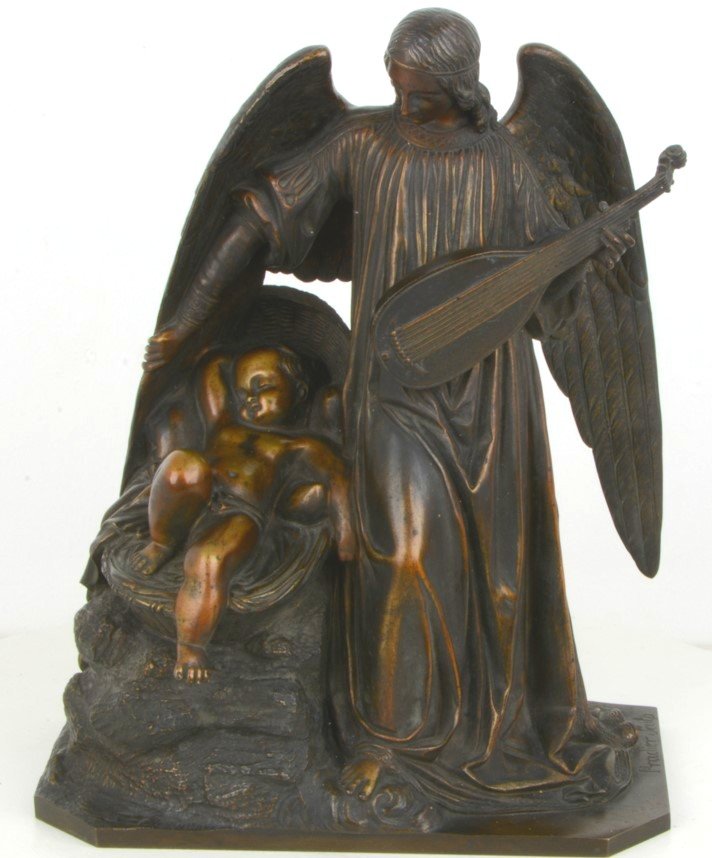
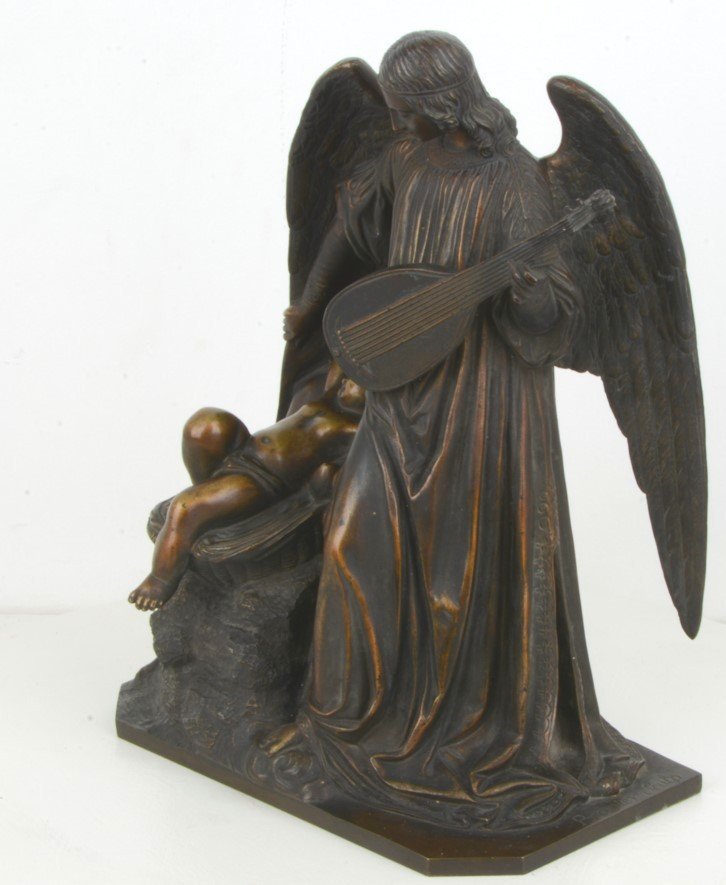
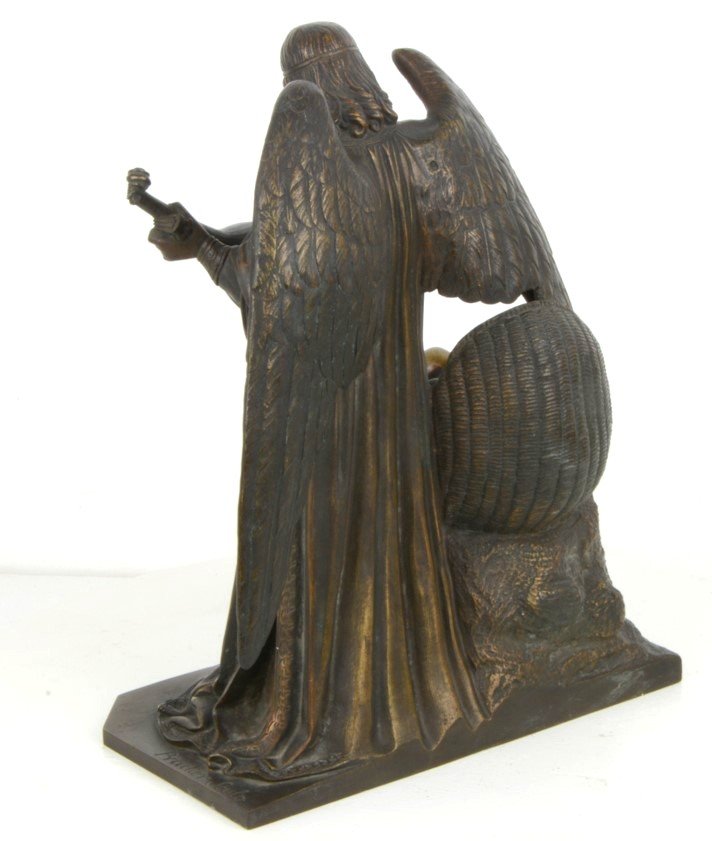
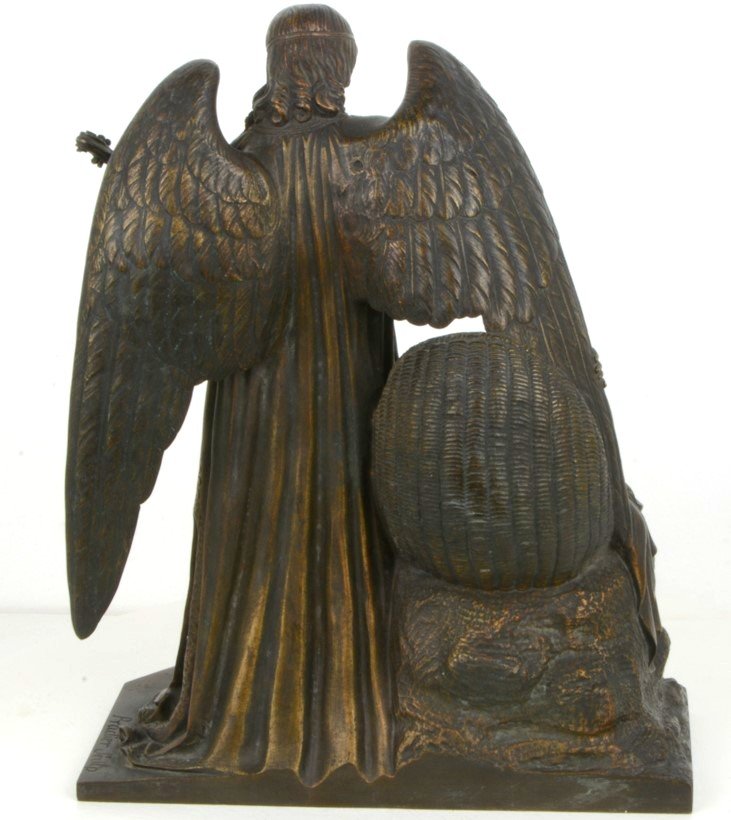
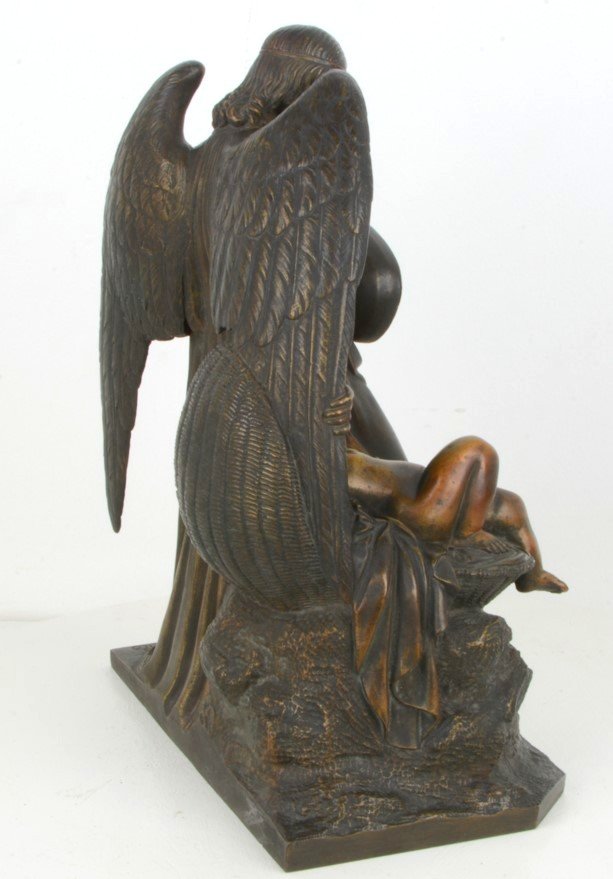
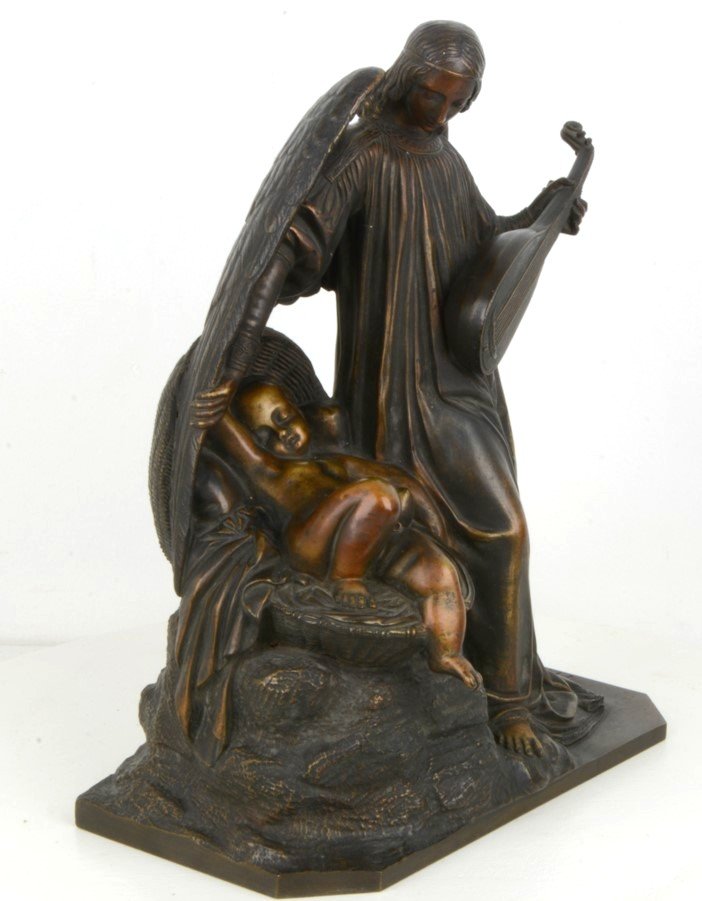
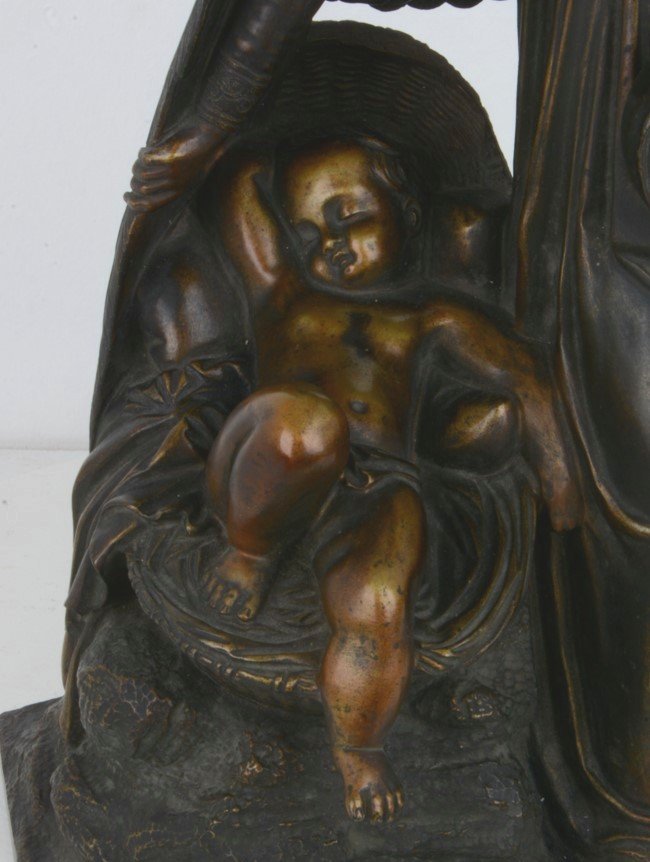
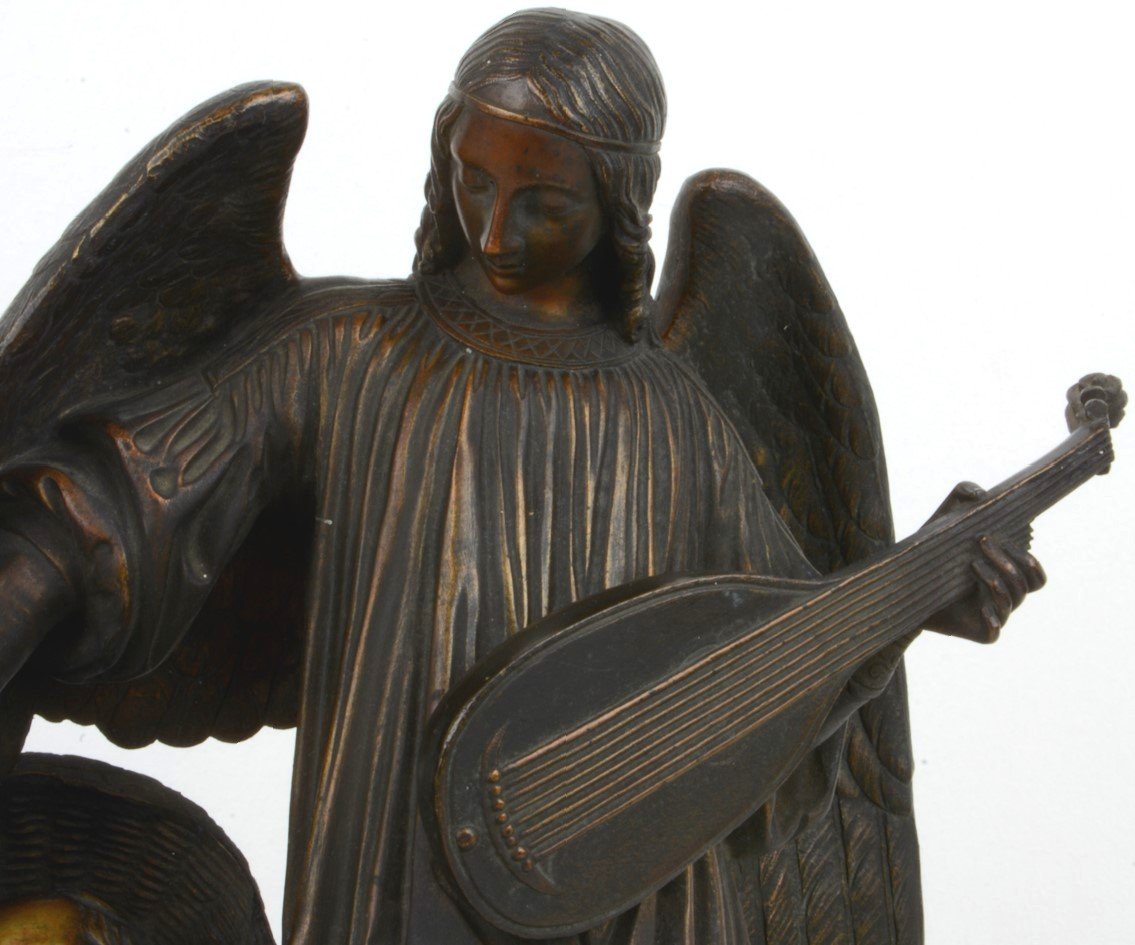

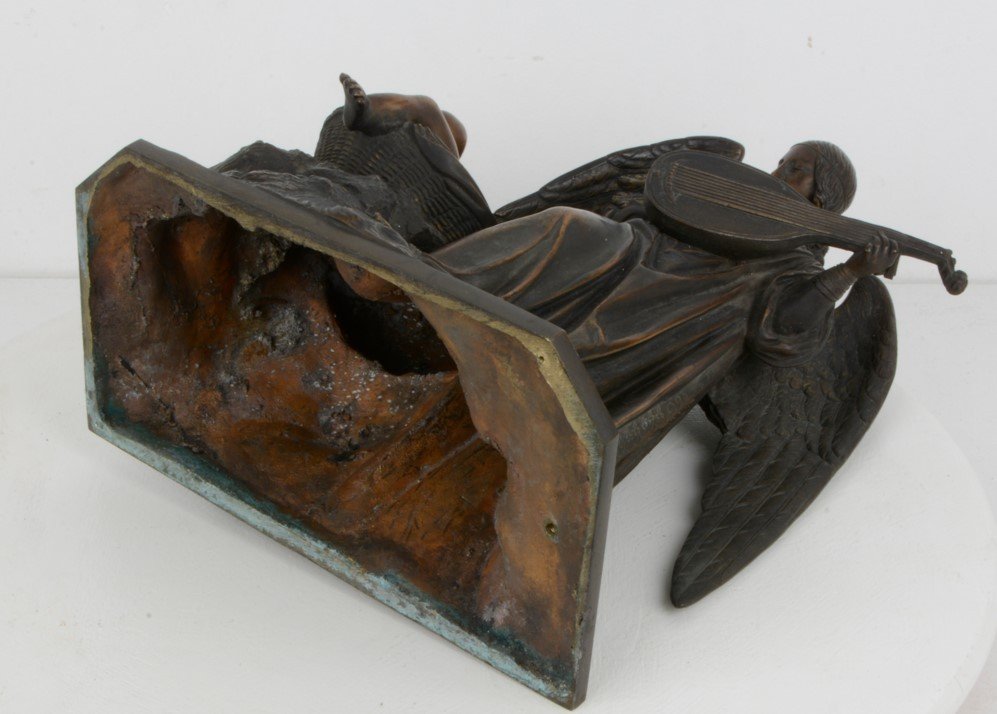















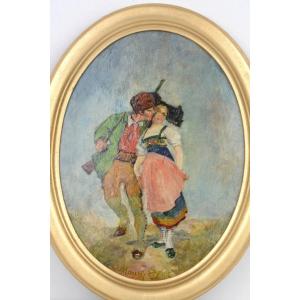


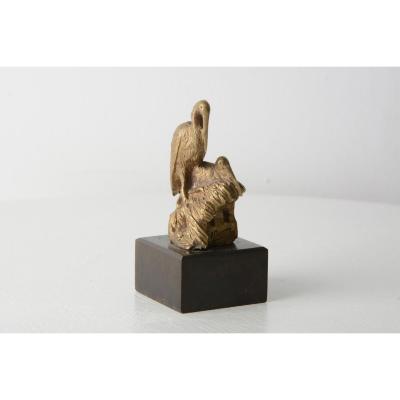

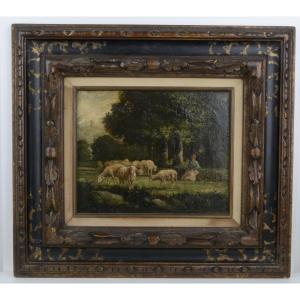

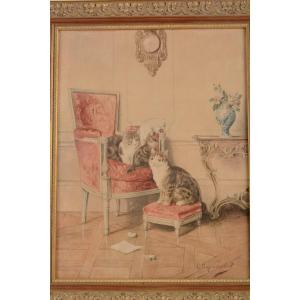
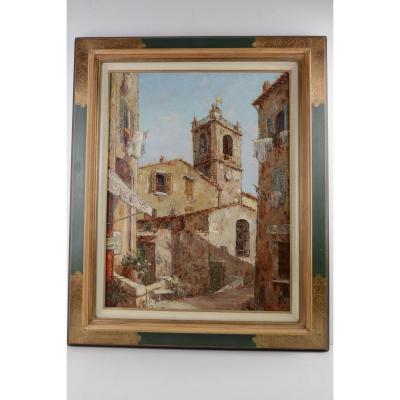






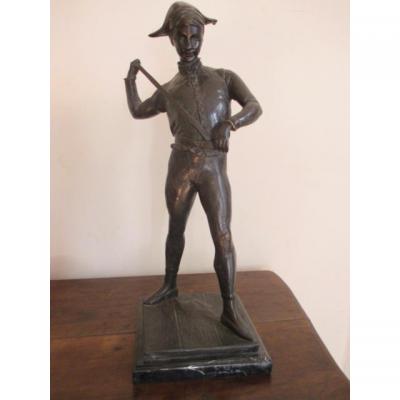



 Le Magazine de PROANTIC
Le Magazine de PROANTIC TRÉSORS Magazine
TRÉSORS Magazine Rivista Artiquariato
Rivista Artiquariato